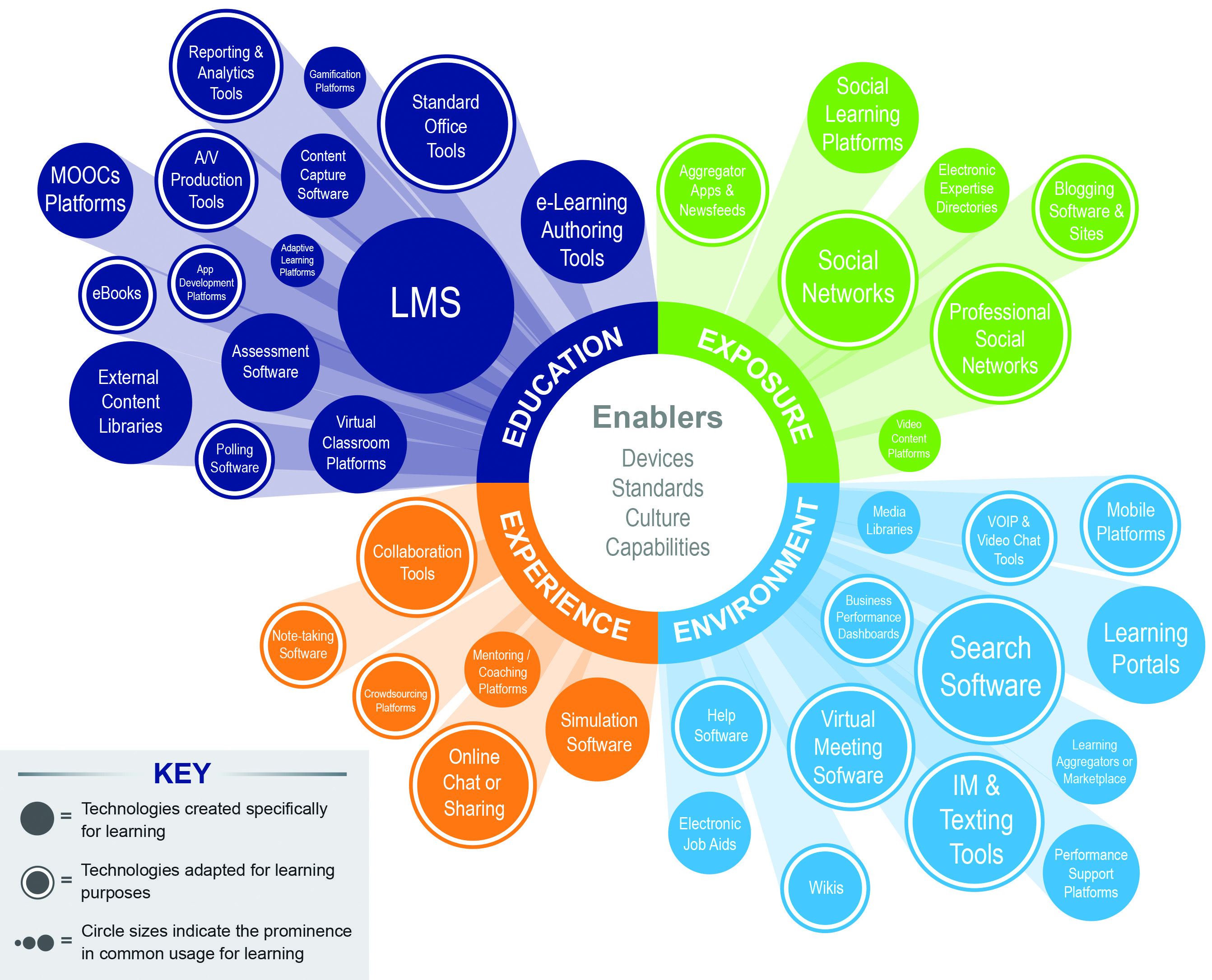
Innovation in corporate learning requires more than snack-sized courses, entertaining videos and gamified, social learning management systems. We may need to reinvent the learning leader.
by Todd Tauber
November 3, 2015
Everyone in learning and development is obsessed with innovation right now — with leveraging new technologies and novel kinds of content to make learning work better. Yet few organizations are actually doing that effectively. According to “Learning and Development: Into the Spotlight,” a February report from Deloitte University Press business and human resources leaders report that corporate learning capabilities actually deteriorated last year. That’s likely because the tools of the trade have evolved, but many learning leaders are only beginning to adapt.
In June, Bersin by Deloitte reported that learning and development teams now have access to more than 40 kinds of solutions for every flavor of formal, experiential, social and on-demand learning, including close to 700 learning management systems. There’s also more content than ever — at least 250,000 courses and 3 million informal learning resources from 1,200-plus suppliers.

Source: Bersin by Deloitte, 2015
It’s amazing to see so many organizations experimenting with all these new live, virtual, microlearning and massive open online courses, not to mention videos, articles, blogs, books, podcasts, webinars and mobile apps. However, real innovation in learning demands more than just snack-sized courses, entertaining videos and gamified, social learning management systems.
There is always some shiny new toy. This year, it’s microlearning and predictive analytics. Last year, it was MOOCs and gamification. Before that, it was social learning. And before that, it was mobile. Next year, it’ll be wearables and experience application programing interface, or xAPI. Soon it will be virtual reality and the Internet of Things. None of these things has “fixed” L&D yet.
Further, learning leaders aren’t using these tools fast enough or well enough to promote new ideas or create new capabilities. Adoption is growing, but not one of these new technologies or content formats has emerged as a mainstream learning tool.
Look at mobile. It’s easily the most pervasive and mature; in April, Pew Research said two-thirds of the workforce uses smartphones today, many for learning. Yet, according to a June blog from Institute for Corporate Productivity Inc., barely a third of employers have any mobile learning program and less than 20 percent of learning management system shoppers make mobile a “must have” requirement. In May, ATD reported only a fraction of corporate learning content is even accessible on mobile devices.
The problem is that technology and content don’t change things — people do. Despite the best intentions, according to the aforementioned Deloitte University Press study only six percent of L&D people rate themselves as very good at providing mobile learning. Even fewer are ready to put video, MOOCs, simulations or other new kinds of learning content to work. Many L&D staffs actually resist using MOOCs.
What’s really missing from learning and development innovation are new ways of thinking, leading, managing and working. Reinventing L&D people may be the real solution here.
New technologies and novel content are essential to make learning work better, faster and cheaper. But they’re not much use if learning leaders keep trying to cram new square pegs through old round holes. Most practitioners, for example, still prefer to invest in mobile e-learning modules over less familiar alternatives, like mobile apps or performance support tools.
Truly innovative L&D leaders – like Tesla Motors' Director of Learning & Development, Beth Davies – think differently. Like many people with similar titles, she’s challenged to keep up with the onboarding needs of a fast-growing workforce and the training demands of a constantly evolving product line. Unlike most, though, her first instinct is not to add more L&D and HR. It’s to streamline the employee experience by looking for ways to reduce demand for formal training and to create less content, not more.
MasterCard’s Chief Learning Officer Janice Burns not only thinks differently but also leads differently, too. She’s pushing her team to explore new methods and technologies; to prioritize learners’ needs along with organizational ones; to value diversity as well as efficiency; to make smaller but more frequent bets; and to learn from failure, not punish it. By adopting an experimental approach to learning, the company is building a more entrepreneurial culture across the organization.
Innovative learning executives manage differently, too. Bank of America's Senior Vice President of Learning and Leadership Development Product Management & Initiatives, Susie Lee runs a team of product managers that have varied backgrounds from marketing and technology. Like their counterparts in technology or retail companies, Lee’s team integrates business needs and employee insights to deliver products that are relevant and engaging for employees.
Most importantly, innovative learning professionals change how L&D itself works. Xerox Services has a track record of investing in new technology. To get the most out of it, though, Vice President of Learning Strategy and Delivery Kerry Hearns-Smith and her team are re-skilling their staff to do more than just design, build and deliver courses. They’re teaching learning consultants, instructional designers and trainers to manage social learning communities and equipping them to curate learning and guide career development.
Ready or not, learning and development is changing fast. These executives and others are adapting by doing exactly what L&D people are supposed to do: They’re learning and evolving. New technology and content are only the start. To find real innovation, we must think, lead, manage and work differently.



